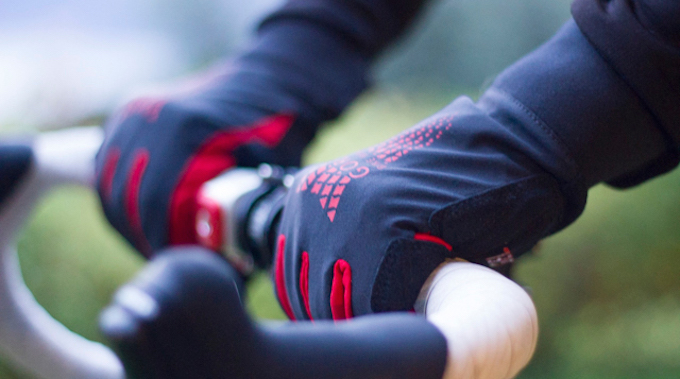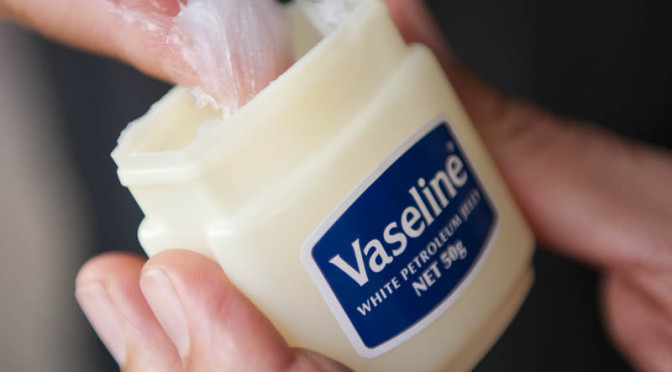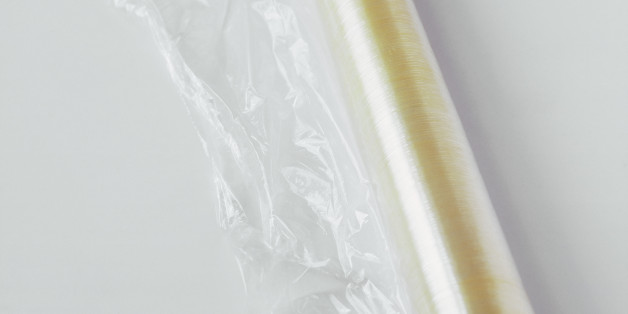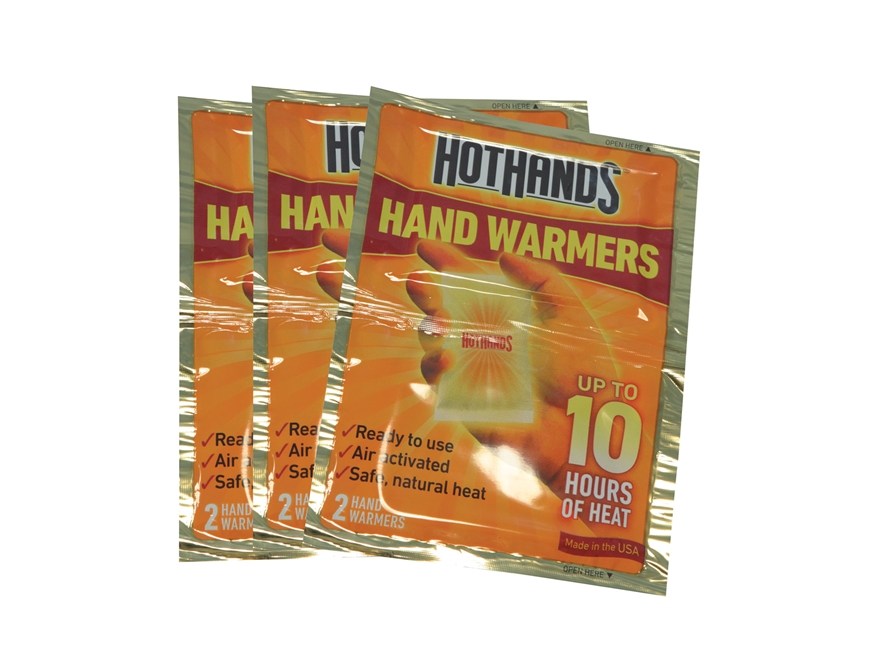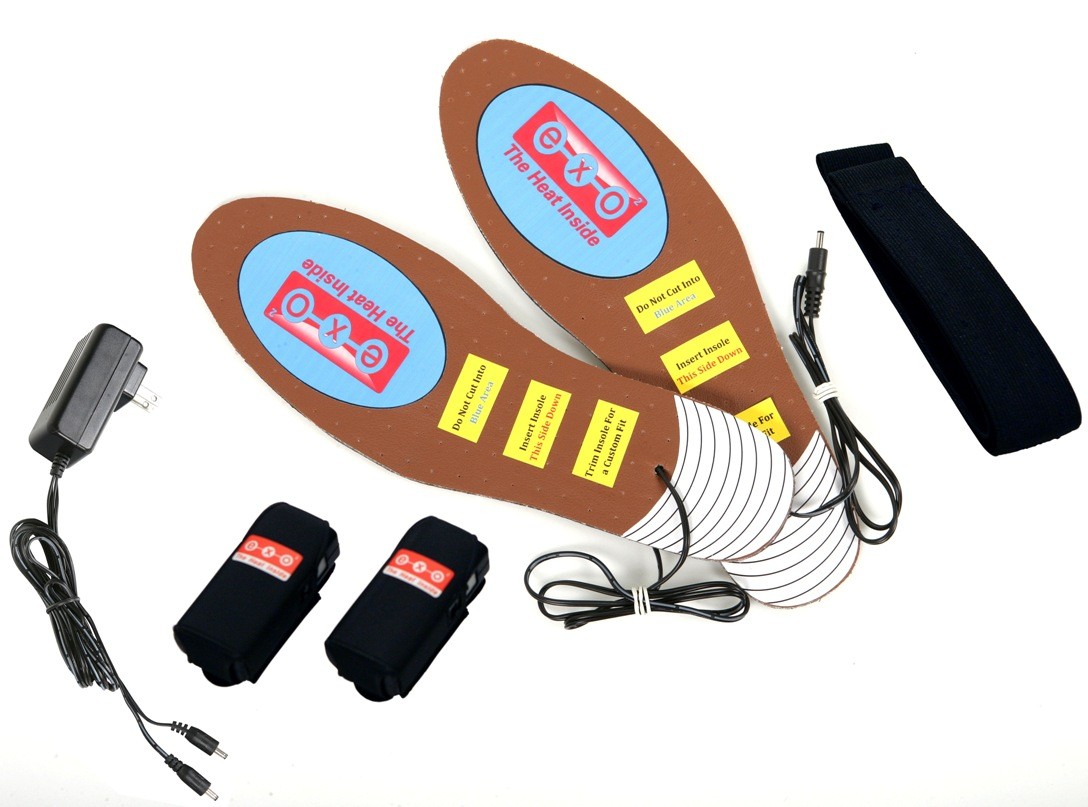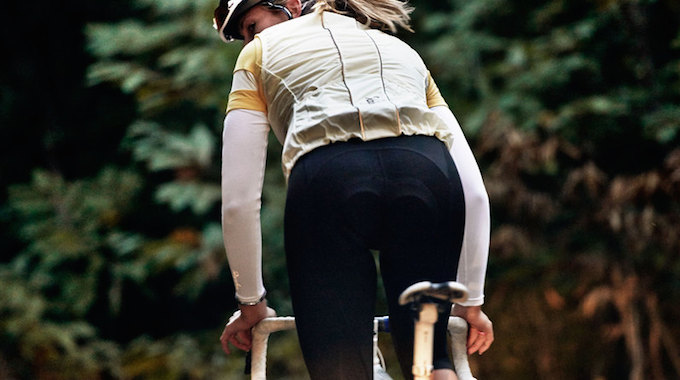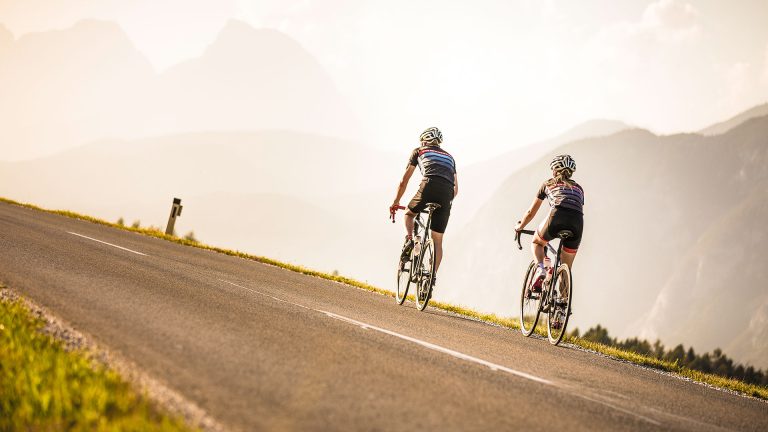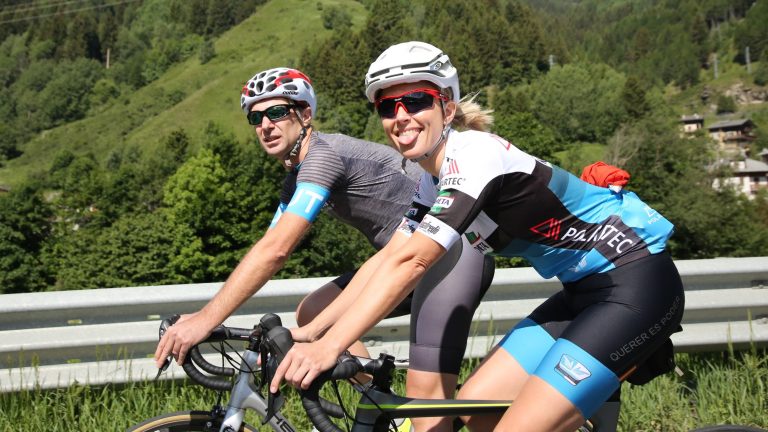Cold weather can be off-putting for cyclists. Often once you start pounding out the miles your chest and legs will start to warm up, but your hands and feet are left cold as circulation is limited.
Cold feet can be painful and if your hands become numb simple but necessary actions such as braking and shifting will become difficult. Roadies tend to suffer more with these issues because of the continuous, endurance focused nature of the sport – you’re often out for several hours at a steady state on a weekend ride, and little movement in the saddle makes for limited opportunities to warm up. Thankfully, the fact that so many cyclists struggle with numbness in the extremities means that a number of solutions have been sought out.
Here’s a look at some of the common methods – some of them are a little unconventional…
First up: check your gloves and shoes actually fit
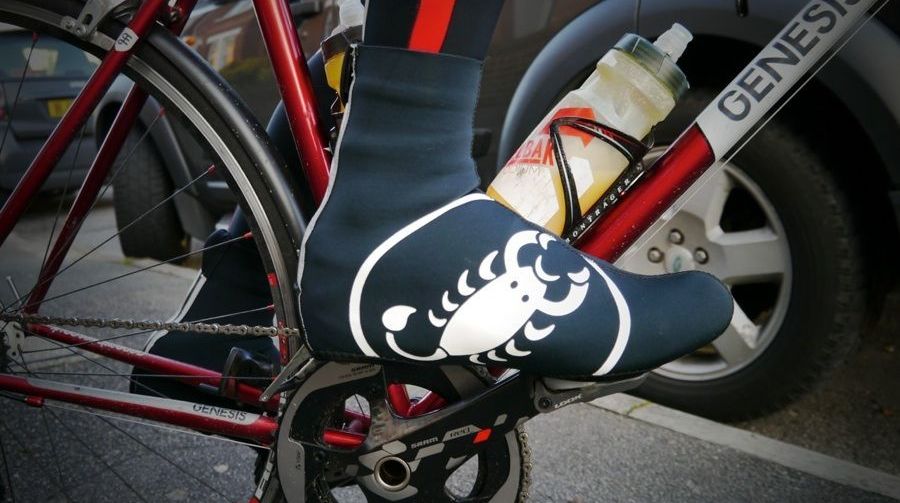
Before you start covering your hands and feet in Vaseline and wrapping them in cling film, make sure your shoes and gloves fit.
Gloves that are too tight will cut off circulation and make it hard for your hands to stay warm. The same goes for cycling shoes. Some riders choose to have a pair of winter boots for cold weather cycling, buying them a size larger to allow for thicker socks. If you’ll wear the same shoes, try merino socks which are warm without being thick, cover up summer vents with duct tape, and invest in a good pair of overshoes.

